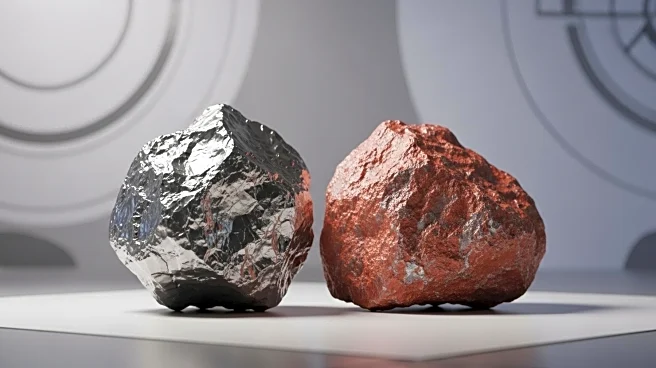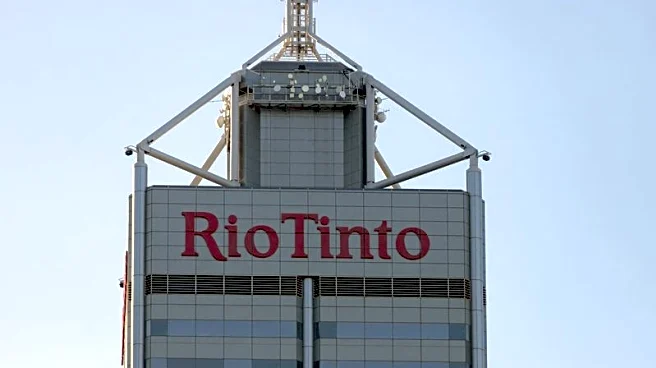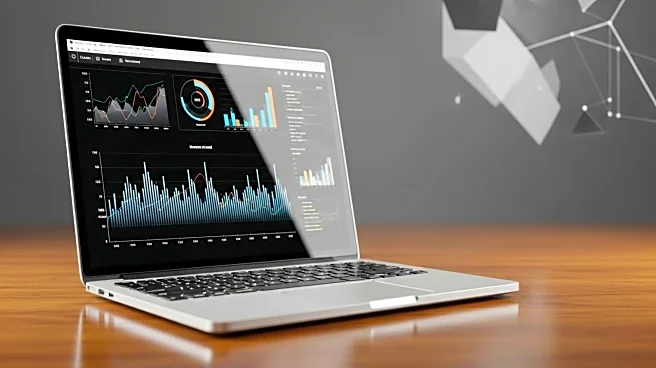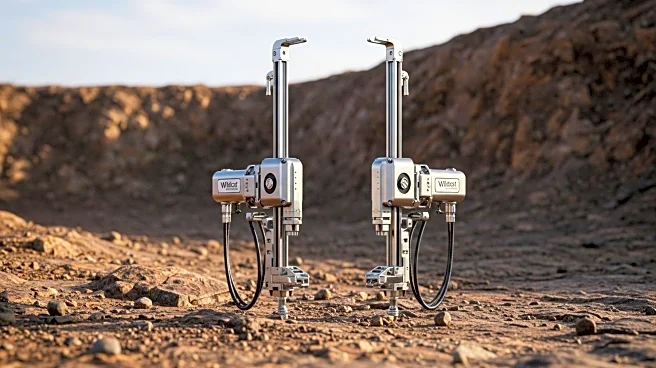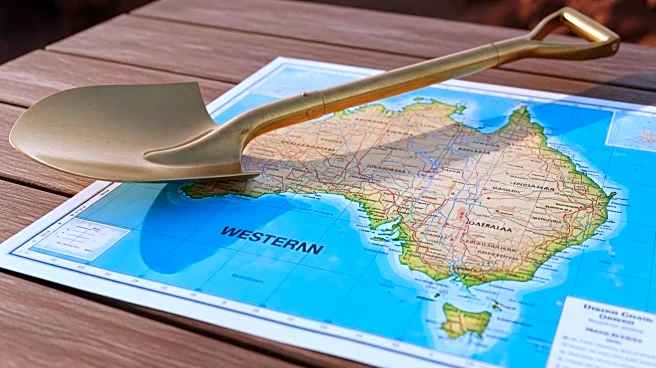What's Happening?
Rio Tinto, a major diversified mining company, announced the need for a strong final quarter to meet its full-year iron-ore shipment guidance. The company reported a modest recovery in third-quarter output following weather-related disruptions earlier in the year. Rio Tinto shipped 84.3 million tonnes of iron ore from its Pilbara operations in Western Australia during the third quarter, marking a 6% increase from the second quarter but remaining flat year-on-year. The company anticipates ending the year at the lower end of its guidance range of 323 million to 338 million tonnes due to lingering impacts from first-quarter cyclones and limited supply system flexibility. CEO Simon Trott emphasized the focus on executing a strong finish to the year in the iron-ore division, with growth projects progressing at pace, including the Simandou project. Additionally, Rio Tinto upgraded its full-year bauxite guidance following back-to-back quarterly production records.
Why It's Important?
The adjustments in Rio Tinto's guidance reflect broader challenges in the mining industry, including weather disruptions and supply chain constraints. Meeting the yearly targets is crucial for maintaining investor confidence as Rio Tinto transitions to a new operating model aimed at simplifying its portfolio into three core businesses: Iron Ore, Aluminium & Lithium, and Copper. The company's ability to deliver on its production goals will impact shareholder value and operational efficiency. Furthermore, the improved market conditions for key commodities like iron ore and copper, despite macroeconomic challenges, highlight the importance of strategic planning and execution in the mining sector.
What's Next?
Rio Tinto's focus on operational excellence and capital efficiency will be critical as it aims to deliver compelling mid-term production growth. The company plans to continue strengthening performance across its assets, with a strategic review of its Borates and Iron and Titanium divisions underway. The global economic environment, including trade tensions and fiscal expansion, will influence commodity prices and demand, affecting Rio Tinto's future operations. Additionally, safety remains a priority following a tragic incident at the SimFer mine site, underscoring the need for ongoing improvements in safety protocols.
Beyond the Headlines
The strategic shift in Rio Tinto's operating model may lead to long-term changes in the mining industry, emphasizing the importance of operational discipline and capital investment. The company's focus on simplifying its business structure could set a precedent for other mining companies seeking to enhance shareholder value through streamlined operations. Moreover, the ongoing trade tensions and economic uncertainties may drive further innovation and adaptation within the sector, as companies navigate complex global markets.
